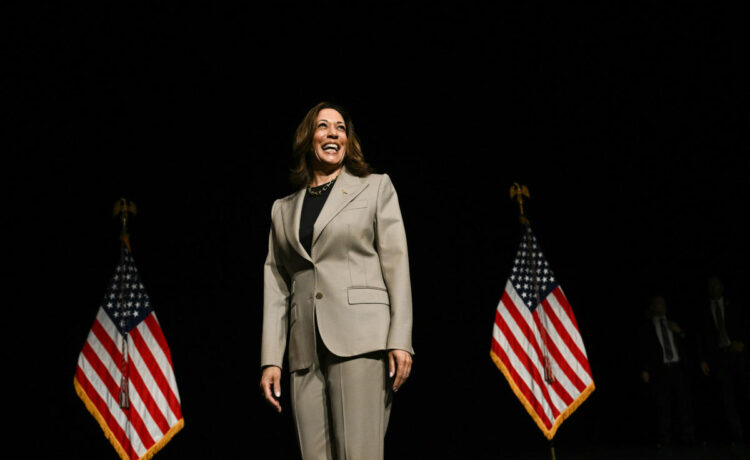Vice President Kamala Harris laid out her plans for the US economy Friday afternoon in a speech focused on issues like housing costs and grocery store prices.
It was the Democratic nominee’s first extended foray into economic policy since announcing her run for the presidency. She touted President Joe Biden’s accomplishments but quickly added “we understand many Americans don’t feel that progress in their daily lives.”
“As president I will be laser focused on creating opportunities for the middle class,” she added, also noting a top-tier goal for her would be to “create a stable business environment with consistent rules of the road.”
During her address in Raleigh, N.C., she signaled new efforts to drive down healthcare costs, unveiled a push to expand the child tax credit to $6,000 for the first year of a child’s life, and also offered an extended critique of Donald Trump’s plan for tariffs, calling them a “national sales tax.”
Her plan also includes a new first-time homebuyer credit of $25,000.
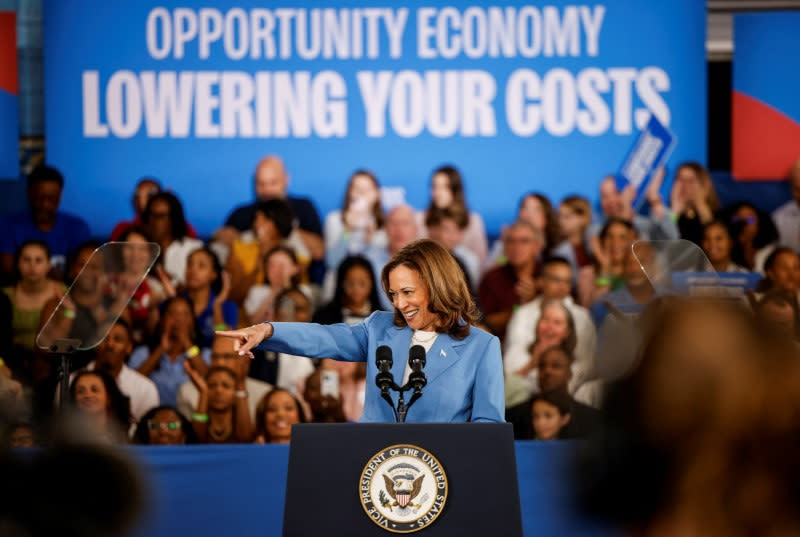

The speech is an attempt by the campaign to keep its political momentum going, with a focus on everyday issues and costs — which poll highly among key swing state voters — after Harris has moved into a neck-and-neck race with Trump ahead of next week’s Democratic National Convention in Chicago.
But the Harris plan also has some early critics. It leaves key areas of a potential Harris economic agenda undefined on issues ranging from key tax concerns to manufacturing policy to the ballooning national debt.
Harris promised more detail in the weeks ahead on what she calls her overall vision of an “opportunity economy” but underlined that the focus of this week was about a message on the cost of living.
Here’s what this week’s high-profile rollout tells us so far about Harris’s economic plans and what still remains to be sketched out in the weeks ahead.
A focus on the tricky issue of housing
The plan released Friday includes several efforts aimed at the housing market, a source of stubborn price pressures even as overall inflation cools.
The stickiness of housing costs increases is still largely attributed to a low supply of housing stock. To combat that issue, the vice president announced a plan for a series of proposed tax breaks that her campaign said could result in the construction of 3 million housing units in the coming four years.
On the supply side of the equation, the plan includes a proposal for what the campaign is calling a first-ever tax incentive for building starter homes. This is a credit that would go to builders who build homes that are eventually sold to first-time homebuyers.
Read more: First-time homebuyer programs: Everything you need to know
The plan also proposes a new $40 billion innovation fund that would focus on local governments and their rental markets.
“As president, I will work in partnership with industry to build the housing we need” for both homebuyers and renters, Harris said Friday while discussing the supply side of the housing equation.
Finally, Harris also has a proposal that could increase demand with a credit for homebuyers. Harris is set to ask Congress, if she wins, for a new first-time homebuyer credit of $25,000 to go toward down payments of people in good standing looking to buy a first home.
Harris said the credit was to help “while we work on the housing shortage” but some critics quickly zeroed in on that idea.
In a call with reporters organized by the Trump campaign, the former chairman of Trump’s Council of Economic Advisers Dr. Kevin Hassett offered a direct critique of that piece of the plan.
Hassett said, “What’s gonna happen is that everybody who’s bidding on the house that you’re trying to buy has an extra $25,000 and so everyone bids up the price by $25,000 and you get more inflation but not more housing.”
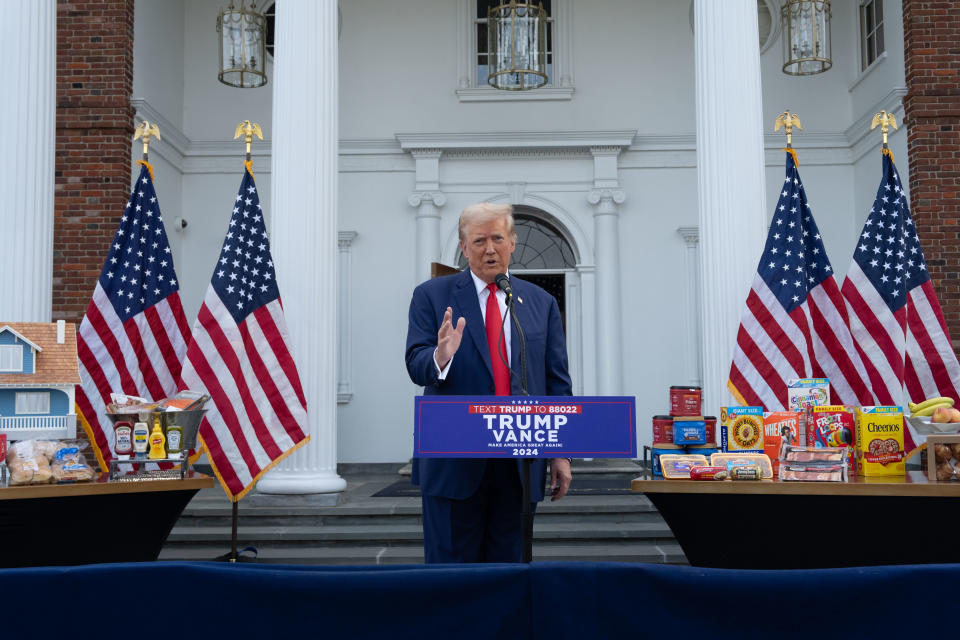

For his part, Trump has often discussed opening new federal lands to development as a way to bring down housing costs.
He has also already slammed the Harris economic rollout, calling the proposal a “fake economic plan” in appearances in North Carolina and in New Jersey this week.
A keen interest in grocery store prices and healthcare costs
The Harris-Walz campaign plan released Friday also includes a focus on prices at the grocery store and at the doctor’s office.
Harris announced plans in her speech focused on what she called food “price gouging” — with new limits that would be accomplished through new rulemaking authority at regulatory agencies like the Federal Trade Commission (FTC).
Speaking about her food efforts Friday, Harris said she thought most businesses are playing by the rules “but some aren’t [and] we need to take action when that is the case.”
This aspect of the Harris plan also came in for immediate criticism from various corners. The Trump campaign called it “a government price fixing scheme” and some non-partisan economists also suggested it could instead lead to shortages.
In an interview Friday, Harris supporter and co-founder of the Progressive Change Campaign Committee Adam Green pushed back on the critiques. He said, “It’s not at all price fixing: It is having rules of the road to incentivize good behavior,” adding that currently “the price gougers have a competitive advantage.”
The vice president also focused on medical costs in her address.
One idea from Harris would be to expand on an accomplishment of the Biden administration and cap the cost of insulin at $35 and out-of-pocket expenses for prescription drugs at $2,000 for everyone.
Biden signed similar limits into law in the 2022 Inflation Reduction Act but just for seniors.
Harris would also accelerate the ongoing Medicare drug price negotiations that were also enacted in the 2022 law. The Biden administration released its first wave of negotiated prescription drug prices that it said will save $6 billion.
The new Harris plan also includes efforts around medical debt, including a push to remove those charges from credit reports and continuing a Biden administration effort to cancel up to $7 billion in existing medical debt.
Trump has sketched out less detail on healthcare issues, but in his economic speech Wednesday in North Carolina he said that he wouldn’t necessarily seek to repeal the 2010 Affordable Care Act — as he did in his first term in office — but would only reform if a better plan emerges.
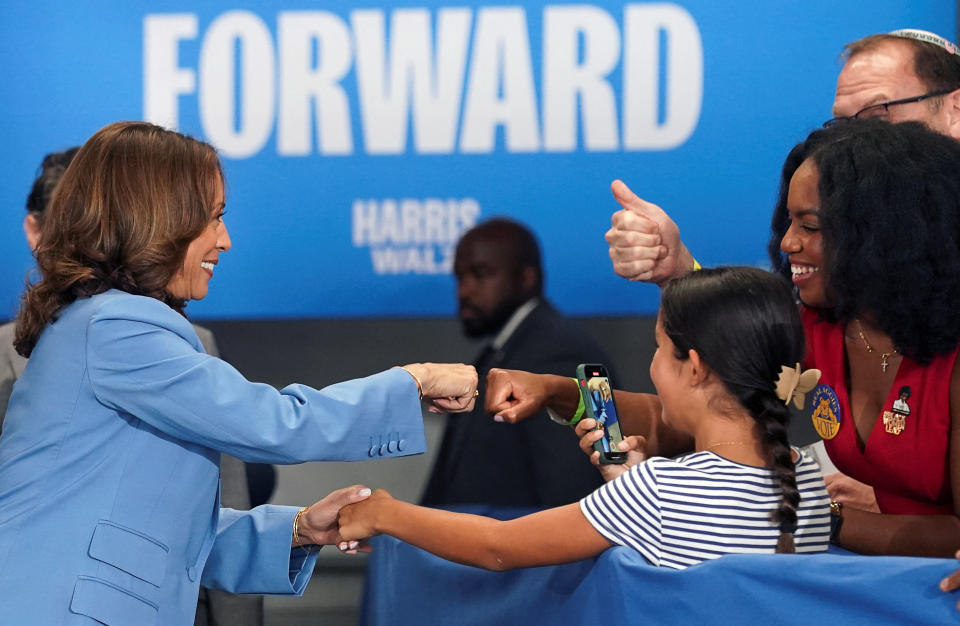

“We’re going to keep it” unless we can come up with something better, he told the crowd in Asheville.
Harris also renewed her calls Friday for an expansion of the child tax credit and is proposing a $6,000 credit to families with newborn children. “We know this works,” she said of the credit.
The plan would include this credit for the first year of a child’s life and then a $3,600 per child tax credit for qualifying families in the following years.
The proposal comes after GOP Vice Presidential nominee JD Vance floated the idea of a $5,000 credit last weekend in a television appearance.
Harris is also proposing an expansion of the Earned Income Tax Credit, a credit focused on low- to moderate-income workers and families.
An array of still undefined areas
But even with the extended rollout this week, there are still key areas of a potential Harris economic agenda that remain undefined.
They range from how she would approach a looming tax fight in 2025 as well as an array of energy issues.
The Harris tax agenda — beyond the Child Tax Credit and Earned Income Tax Credit ideas unveiled this week — remains perhaps a key question mark.
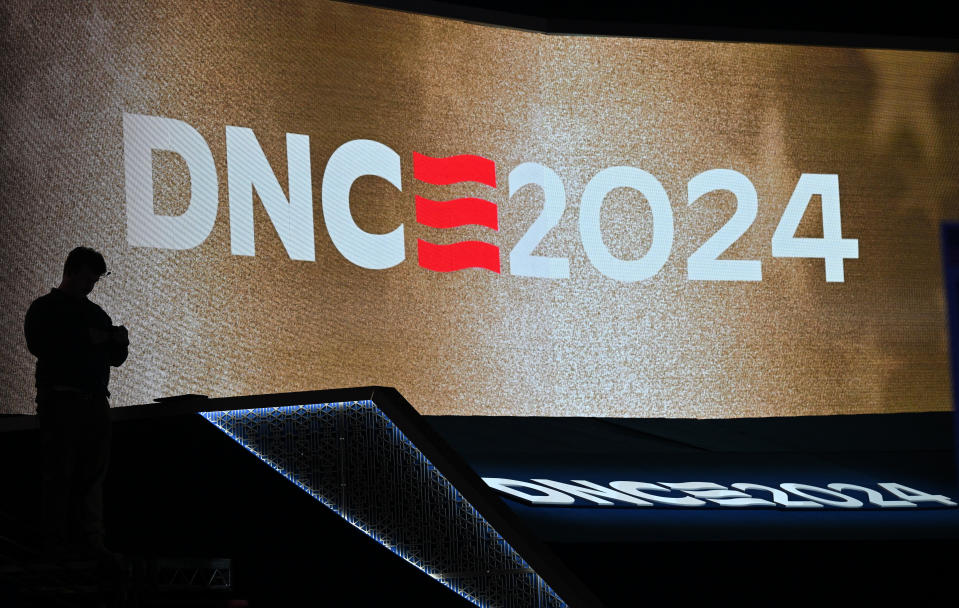

The issue will be front and center in 2025 as an array of tax issues are likely to be addressed by Congress in the face of a planned expiration of many of the Trump-era tax cuts.
Harris has already said she is on board with Biden’s promise to not raise taxes on Americans making under $400,000 annually. But how she would approach other issues likely to be on the table, such as corporate taxes, remains to be seen.
Another issue that didn’t come up this week, as it hasn’t for much of the campaign, was the ballooning national debt that recently passed the $35 trillion mark.
A potential Harris jobs agenda is also on the back burner for now, as the vice president purposely chose to focus on the price issues that, polling again and again shows,are front and center in voters’ minds.
Another key area that remains to be sketched out is energy. Beyond an effort to backpedal from her previous opposition to fracking, Harris has offered scant detail on how she would approach issues like oil drilling or prices at the pump.
For this week at least — as Harris openly said in her speech — the focus was intended to be on a few kitchen-table price topics that are likely to decide the most votes this November.
“Now is the time to charge a new way forward,” Harris said as she closed her speech Friday, adding, “We’re going to get this done.”
This post has been updated with additional developments.
Ben Werschkul is Washington correspondent for Yahoo Finance.
Read the latest financial and business news from Yahoo Finance

